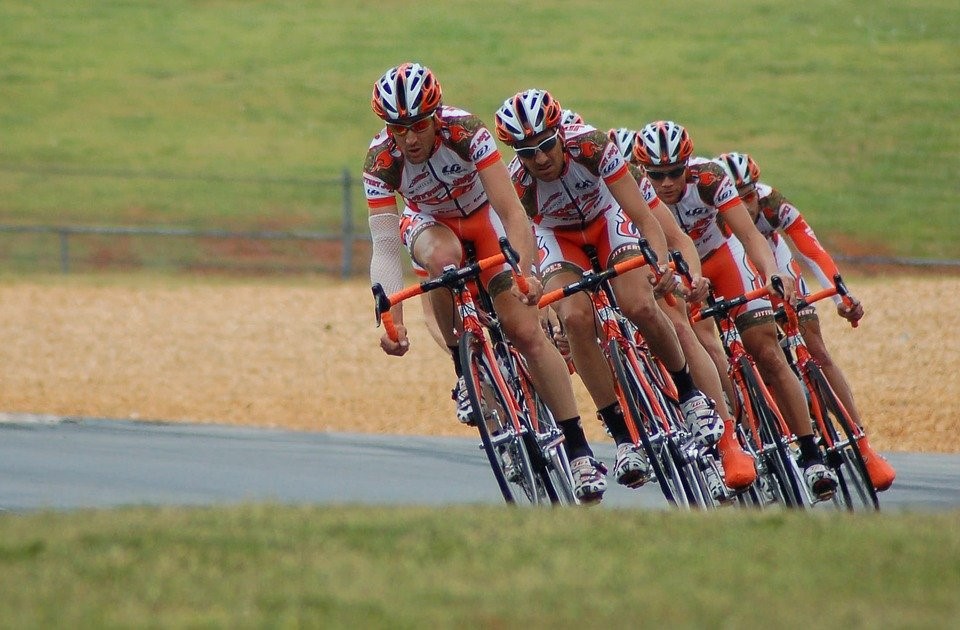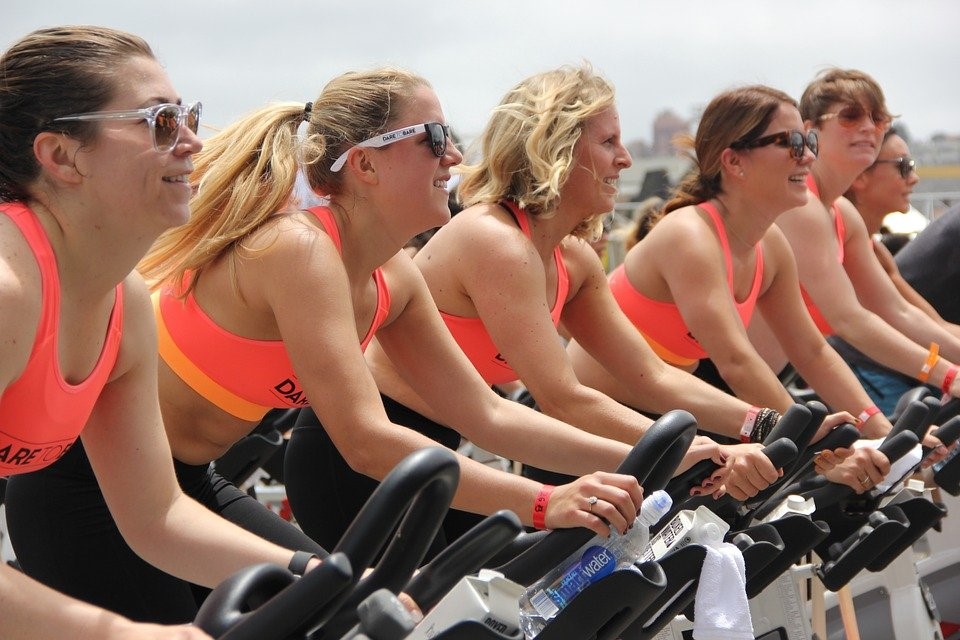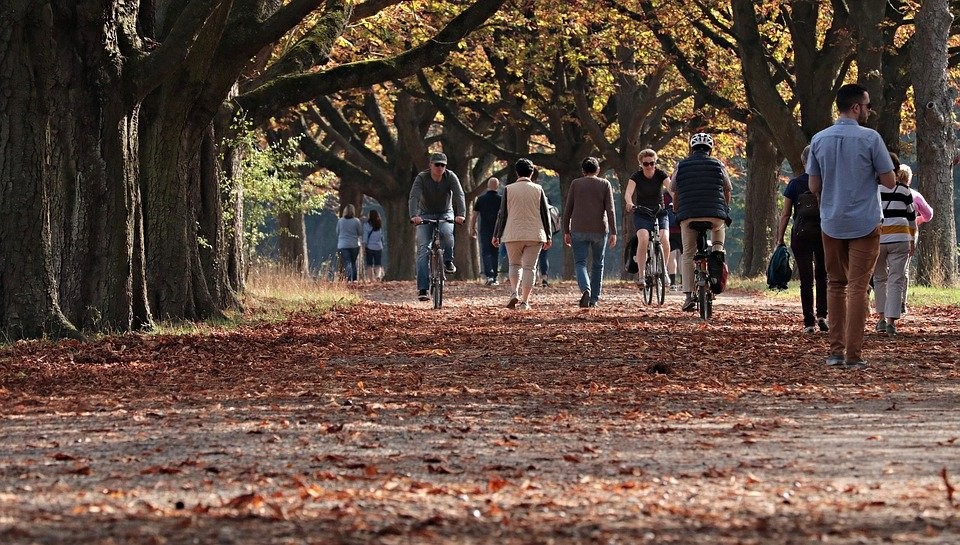Last Updated on October 26, 2022 by admin
Age-old debates are characterized because there’s hardly ever any definitive answer or solution to the question asked. Take, for example, the ongoing debate between biking vs walking – which one is better for weight loss?
Depending on which side of the divide you fall, you will go with your preferred option. If you are into biking, then your answer to this question would undoubtedly be biking instead of walking.
Why?
For one thing, it’s because biking is what you know. You do it regularly and have the opportunity to see its benefits firsthand.
You would rightfully think that since biking uses up more energy and is a much more vigorous type of exercise, then it must mean that it’s better than walking as far as weight loss is concerned.
But is it? Does it mean that people who prefer to walk as a form of exercise don’t get the same kind of health benefits? Maybe, it just means that these people get a different kind of health advantage over bikers.
Granted, most of the arguments in such debates are self-serving and often personalized towards the participants in question.
However, there are some hard statistical data that you can examine to come up with a conclusion as to which one is better: biking vs walking?
Is Cycling Better Than Walking?
It’s important to note that the direction you lean toward as far as this argument is concerned will depend on your personal preferences. That being said, here are the cold hard facts about these two types of exercises:

Cycling Burns More Calories
Losing weight is all about burning up those calories. Whichever exercise allows you to burn more calories is fundamentally better for losing weight (this is without considering all other factors).
Studies have shown that an adult weighing 155lbs burns about 298 calories if they cycle at a moderate speed of about 13 miles per hour for 30 minutes. If they go a little faster (15 miles per hour), they can burn up to 372 calories.
If you compare this to the same person walking on a flat surface at an average speed of 3.5 miles per hour and get that, they can burn up 267 calories (133.5 calories for 30 minutes).
What this tells you is that cycling gives you a better opportunity to burn up more calories which quite effectively makes it better for weight loss.
Granted, you will burn an almost similar number of calories if you walk for much longer, but when you compare the two side by side, cycling is better.

Cardio Benefits
It’s important to note that both types of exercises are excellent for your cardiovascular health. However, when it comes to holding up a steadily high heart rate during exercise, walking is better despite being slower and low impact.
Of course, raising your heart rate when walking can be difficult unless you decide to have run intervals. However, you can gradually and steadily increase your heart rate by walking uphill.
The caveat to this argument is that you can use cycling to form a HIIT (High-Intensity Interval Training) by cycling hard then coasting to cool down. As such, you will find that cycling burns up more calories and increases your heart rate significantly more than walking can.
However, it’s difficult to determine how long you are coasting instead of how long you are cycling hard (especially once you get tired). This means that you can cheat very easily and miss out on all the benefits of having a sustained elevated heart rate when exercising.
This is difficult to do when walking unless you decide to sit down. In this regard, walking does have an edge since you can keep a steady, albeit lower, heart rate elevation throughout the exercise. You can even increase it by going uphill.
Muscle Use and Toning
Losing weight often goes hand in hand with building muscle while depleting fat reserves. As such, it’s important to look at which exercise helps you build more or tone up more muscles. In this regard, biking is better.
Let’s start by looking into the muscles involved in both:
- Biking – Cycling puts more strain on the quadriceps and glutes, the muscles involved in pulling and pushing the pedals of your mountain bike or exercise bike to propel you and the bike forward.
- Walking – This, on the other hand, puts more pressure on your gluteus medius and calves since these are the muscles you need to push your body off the ground, balance your own body weight and keep yourself upright.
While each of these types of exercise focus on different muscle groups, surprisingly enough, walking doesn’t do much for bulking up your leg muscles.
This is mostly because walking is what your body is designed to naturally do. As such, it’s well adapted to this physical activity and doesn’t always call on other muscles to support it.
On the other hand, cycling is a slightly unnatural workout and calls on more focused muscle use. It will build the muscles that come into play and tone them better during the workout, which means you get to lose more body weight and experience higher calorie burn.
Convenience
If you go through the list of reasons why you or many of your friends don’t exercise, you will probably run into the “convenience” card more often than not. It’s almost always:
- The gyms too far out of my way
- I hardly ever have the time
- Monthly subscriptions are expensive
- I don’t have the right clothes
When it comes to the debate of biking vs walking, convenience plays a really big role in helping people decide and stick to their choice. In this regard, walking comes out tops.
For one thing, walking is very much free. All you have to do is find the space (which can be anywhere) and walk.
You don’t need special walking shoes unless you want to buy them, and it doesn’t require special clothes or even hours out of your day. You can walk up the stairs when you go to work, to the grocery store on your supply runs, and so on.

Cycling, on the other hand, calls for an investment. You need to buy the bike, the shoes, the clothes, and even the watch if you want to measure the distances, average heart rates, and other stats.
You also need to maintain the bike and learn how to use it within vehicle traffic. You can see how this can easily become too much of a commitment for some people.
Finally, there is the risk of injury to consider. When walking, all you have to worry about is not walking into a tree or crossing the road safely.
Besides, some sidewalks are designed to keep you safe. Biking, however, calls for a whole list of safety precautions, and that is not mentioning potential falls and broken bones.
Yes, when it comes to burning calories and spending more time exercising and engaging in physical activity (which almost always means burning more calories), biking is the answer.
However, if you are looking for a low-impact exercise that doesn’t call for an investment, all the while providing you with an opportunity to lose weight, albeit at a significantly slower rate, then walking will work just fine.

